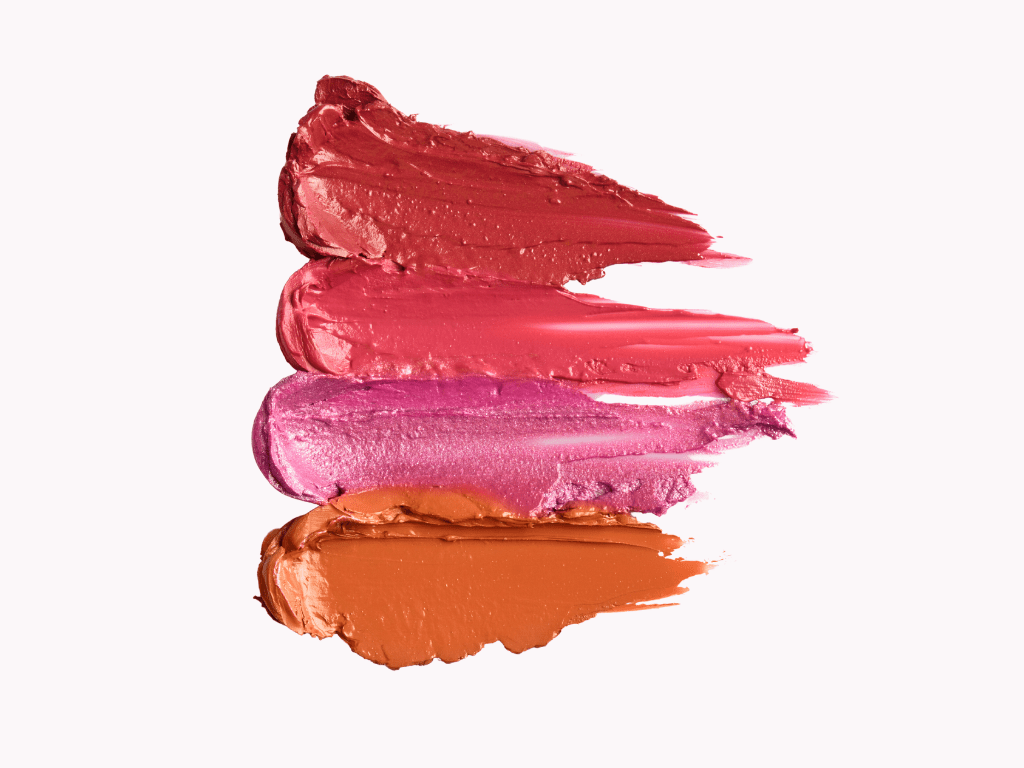The best lipstick color can make your face pop, and the wrong color can make you look like you are about to puke! Are you hopping from one beauty county to another, shopping for a shade of lipstick that makes you feel gorgeous? There is a better way to tackle this job; read the post “How to Determine Your Best Lipstick Color.”

Seasonal Color Analysis
Completing a seasonal color analysis would be a great first step, and it eliminates the guesswork and has benefits your overall personal style.
Color Analysis Theory
Firstly I want to say that there are different schools of thought when it comes to seasonal color analysis theory. And while it is not the aim of this post to delve too deeply into the schools of thought, I will touch a bit on the history.
In the 80’s – Color Me Beautiful
I had my colors done by a CMB consultant in San Francisco, CA, back in the mid-’80s. CMB wrote the book on color analysis, and there are four seasonal possibilities Winter, Spring, Summer, and Fall. However, since then, numerous other systems have come into play and feature 12 – 16 seasons. Furthermore, some color theory systems also inject additional components, including “personality” and the psychology of color. However, for a woman who just wants to look her best, the four-season method works like a charm!

For the purposes of this article, we will use the CMB system and the four seasons (Winter, Spring, Summer & Fall) and how to use the results to select clothing and accessories, and cosmetics that correspond to your color season.
The Science Behind Seasonal Color Analysis
Seasonal Color Analysis relies on the color characteristics of the skin, hair, and eyes to determine the seasonal palette and contrast level of an individual.
- Value (how light or dark)
- Chroma (muted or bright)
- Undertone (warm or cool)
How to Discover Your Skin Undertone
Your best course of action is to find a consultant trained in color analysis; however, if you have no time and need to know now. Head to your closest mall and try on “warm peachy or orange-toned tops, or accessories like an orange scarf worn next to the face. And since you are already at the mall, head to the closest lipstick counter and experiment with lipsticks with different warm, yellow-base, and cool, blue-based undertones. Because Orange is a hard color to pull off, it it’s not right, you will know!

The Importance of Contrast in Seasonal Color Analysis
Learn how to utilize color contrast effectively, with your clothing, accessories, and make-up and elevate your personal style! If you understand contrast but aren’t sure of your undertone, you can apply a couple of simple rules 1) Individuals with high-contrast levels between undertone, hair, and eyes will look best in dark colors that mimic a high contrast level. Or 2) Individuals with a low-contrast look best in lighter colors.

Low Contrast

Medium Contrast

High-Contrast
Contrast is an element not of seasonal color analysis and is the difference between skin undertone, hair, and eye color. Contrast levels are evaluated as low, medium, or high and determine the amount of color contrast for each individual. To illustrate the importance of contrast, take a look at the pic below. The lady shown in the photo below is in head-to-toe cream, and because her coloring is essentially the same, her face blends in with the outfit!

How to Determine Your Best Lipstick Color
The best way to figure out your best lipstick color is to know and understand your seasonal color palette and how to dress for your level of contrast. Otherwise, check out the tips above, and work with your beauty counter expert!
Shop Lipsticks
I would love to know from my readers if lipstick is a staple in your makeup bag, and if so, please post a comment and share your favorite brand or color! Thank you for taking an interest in my blog and subscribing!
I would love to hear some thoughts; please post a comment, question, or suggestion.
Namaste, Beth












Great explanation of color analysis. I have a couple of lipstick colors. Generally, I think I look better in cooler colors, but do have some warm tones as well. Would love to learn more about make up!
Hi Shannon,
Yea, I am by no means an expert in make-up, but applying color analysis theory does help a bit. I look best in cool tones and my best shade of lipstick is a berry shade. I would be up for learning more about make-up too!